Sealife guideThe marine echinoderms
Last updated on 09/08/2025 at 11:26 PM
The phylum of echinoderms, literally « hedgehog skin », includes 5 classes and totals around 6,000 species. The most well-known of them is undoubtedly the starfish, characterized by its star-shaped form with 5 arms, or the sea urchin with its spines.
Taxonomy
Echinoderms are divided into 5 classes:
- the asteroids. This class includes the most well-known echinoderms, the starfish.
- the crinoids. This class includes sea lilies and feather stars.
- the echinoids. Along with the asteroids, this class includes the most famous echinoderms, the sea urchins.
- the holothurians. This class includes sea cucumbers or holothurians.
- the ophiuroids. This class includes brittle stars, which closely resemble starfish with their flattened body and long, thin arms. Also included in this class are gorgonocephalans.
Description
Echinoderms, as the etymology of their name suggests, are animals whose outer skin surface is covered with spines, like a hedgehog. Echinoderms are primarily characterized by:
- their shape, which displays a 5-fold radial symmetry
- the presence of an internal skeleton made of calcareous plates or spicules
- the presence of an aquifer system, called the ambulacral system, which allows them to move and feed. The aquifer system is essentially a hydraulic system that enables the movement of suckers.
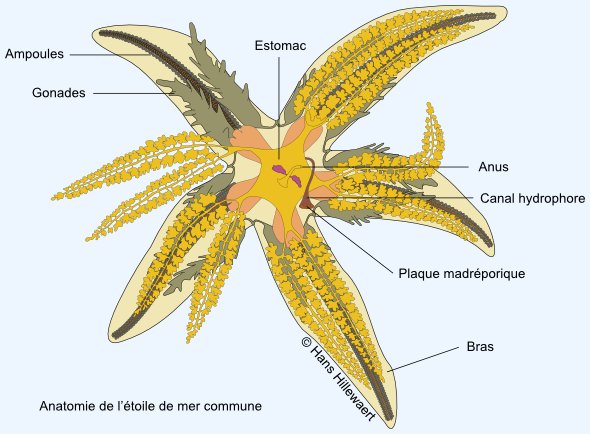
The anatomy of the common starfish
Geographic Range
Echinoderms can be found throughout all the oceans and seas across the globe, at all latitudes and depths, even at very great depths.
Habitat
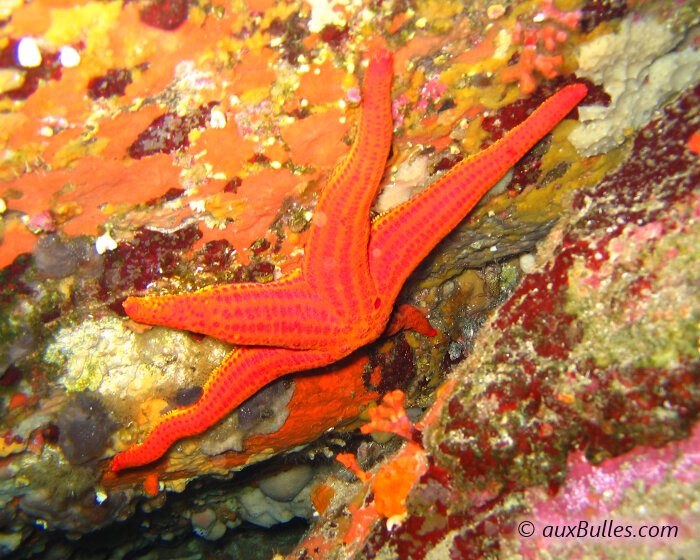
A red starfish under a rocky overhang
Echinoderms are sedentary and benthic animals, meaning they live resting on the seafloor. Echinoderms can be found on all types of substrates. All echinoderms are mobile, with the exception of crinoids, which are fixed to a substrate.
Diet
The diet of echinoderms is very varied depending on the species: decomposing organic matter, mollusks, …
The presence of spines in echinoderms keeps many potential predators at bay due to their size. Ultimately, echinoderms are preyed upon by very few predators.
Reproduction
Echinoderms primarily exhibit:
- sexual reproduction through the release of gametes into seawater followed by external fertilization. However, to ensure the species' survival, this requires a significant quantity !
- for certain classes like starfish and brittle stars, asexual reproduction through the splitting of part of the body and regeneration of the individual from that fragment.
Tips for observing
Starfish and sea urchins are often easily observable from the beach with a mask and snorkel, but be careful with your feet !
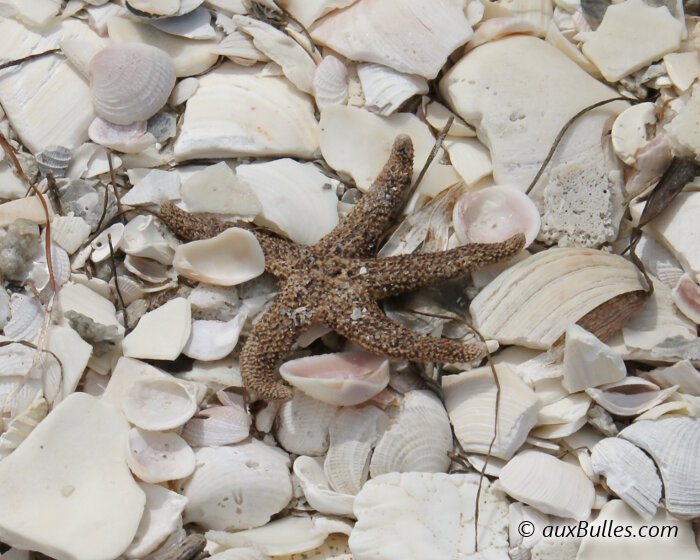
A dried starfish on a beach littered with shell fragments !
Otherwise, take a walk on the beach and carefully observe the sand and you'll surely discover some hidden treasures of nature, like a sea urchin test or a starfish dried by the sun !
Some marine echinoderms to discover
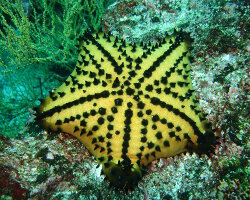
Chocolate chip sea star
(Nidorellia armata)
(Nidorellia armata)
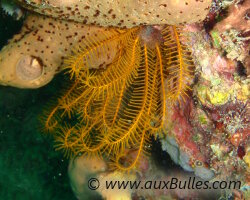
Golden crinoid
(Davidaster rubiginosus)
(Davidaster rubiginosus)
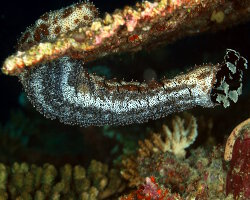
Graeffe's sea cucumber
(Pearsonothuria graeffei)
(Pearsonothuria graeffei)
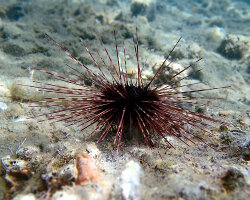
Hatpin sea urchin
(Centrostephanus longispinus)
(Centrostephanus longispinus)

Heavy starfish
(Thromidia catalai)
(Thromidia catalai)
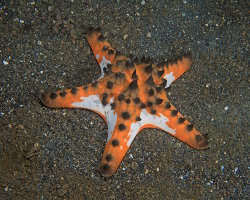
Horned sea star
(Protoreaster nodosus)
(Protoreaster nodosus)

Long-spined sea urchin
(Diadema antillarum)
(Diadema antillarum)
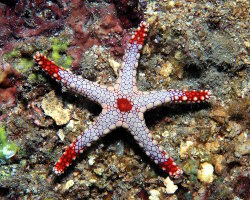
Necklace sea star
(Fromia monilis)
(Fromia monilis)
Our latestUpdates

Friday, November 28th 2025
Disney Hollywood Studios, from Star Wars to Toy Story
Dive into the magical world of Disney's Hollywood Studios: Star Wars and Toy Story attractions and shows for the whole family.
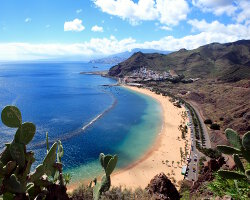
Wednesday, November 19th 2025
Tenerife island
Tenerife, the largest of the Canary islands, is a volcanic gem in the Atlantic ocean. It boasts an incredible variety of landscapes, from golden or black sand beaches to the subtropical forests of the Anaga mountains and the majestic Teide volcano, Spain's highest peak. With its picturesque villages, rich local culture and countless outdoor activities, Tenerife is a perfect destination for every type of traveler.

Saturday, November 15th 2025
Batz island
Located in the English Channel off the northern coast of Brittany, just a few kilometers from the town of Roscoff, Batz island is a true little haven of peace where you can enjoy its wild landscapes, unspoiled beaches and historical heritage.
Photo of the Day

Crabe arlequin
(Lissocarcinus laevis)
(Lissocarcinus laevis)
